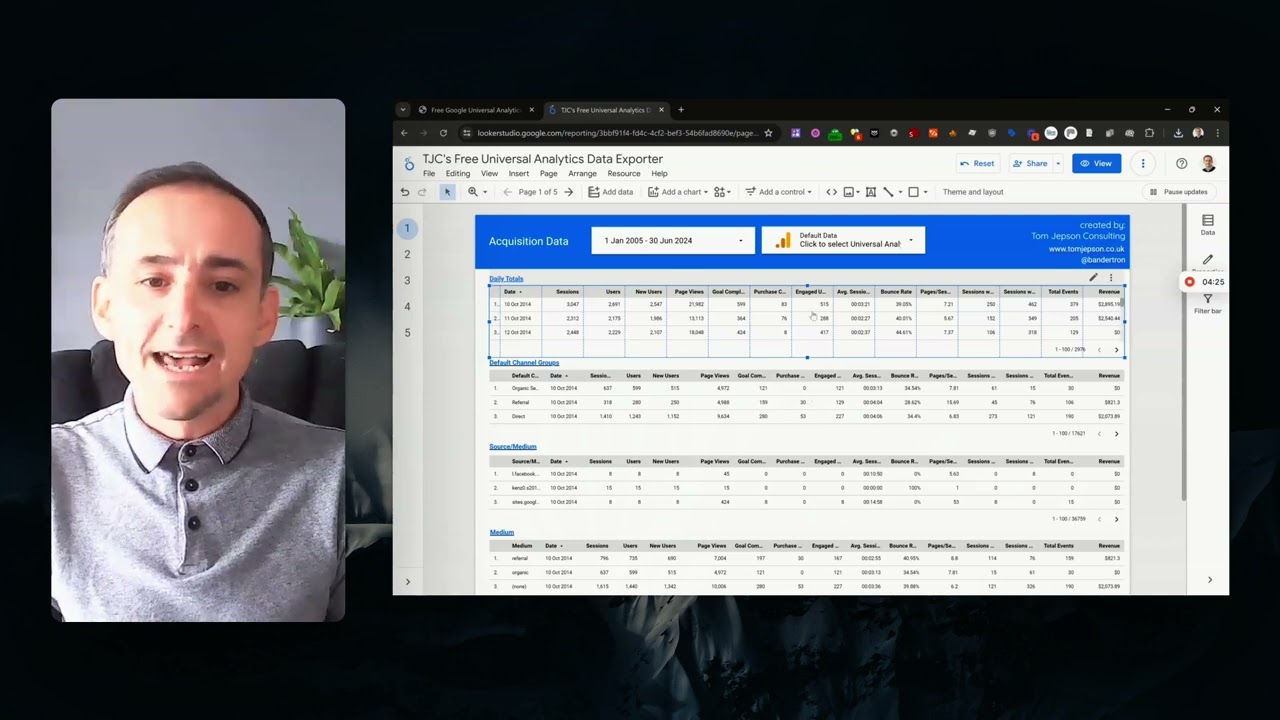A Mid-Year Analytics & Tracking Update
As we pass the mid-way point of the year, it is worth considering what the second half will hold for us. This article will outline some key analytics and tracking trends that have been identified, so that you can be better prepared for the rest of the year.
In recent years the size of the web analytics market has grown, with it expected to reach $8.89 billion this year, and double in size by 2029, according to The Business Research Company.
Artificial Intelligence
We’re sure that it will come as a shock to no-one that AI-related trends have made the list, considering how the use of AI in the past few years has grown dramatically, with consumers flocking to chatbots like ChatGPT and Google Gemini. This uptake has been mirrored in analytics and tracking as well, with almost two thirds of organisations adopting AI technologies, or actively planning to, which will enhance their data and analytics. Two key uses of AI in this field that have been identified are predictive analytics and real-time data science.
Predictive analytics involve utilising historical data and identifying patterns that can be used to forecast future events and the likelihood of them occurring. This method of working proactively has been identified to be very important in 2025, with the expectation being that there will be significant uptake of AI-powered predictive analytics.
As well as being able to predict what may happen, AI tools have also been seen to be contributing to the enhancement of real-time data science. This involves collecting, analysing, and making decisions based on data as it is streamed continuously, meaning that it is processed in real time. Multiple sources have identified a shift from historical reporting to insights such as these, which can be actioned immediately.
Voice commerce
Due to the high number of people that have smart speakers in their homes, the voice commerce market has grown a huge amount, and this is something that will need to be examined as far as the ways in which voice search data is analysed. This is important as it will allow for insights to be developed into how to improve user experience and boost conversions for consumers using smart speakers to make purchases.
Mobile-first analytics
Over the past decade, there has been an increase in the percentage of website traffic that comes from mobile devices, according to a survey from Statista. At the beginning of 2015, the share of mobile traffic was only 31.16%, but by quarter 3 of 2024 it had reached 61.85%. This rise indicates a shift towards mobile that has been identified in the past few years but does not appear to be stopping. This reinforces the importance of making sure that analytics from consumers on mobile devices are taken into account and used to inform future strategy.
If you have any questions about analytics and tracking, or anything else that you think our expert team could help you with, please don’t hesitate to get in touch!


